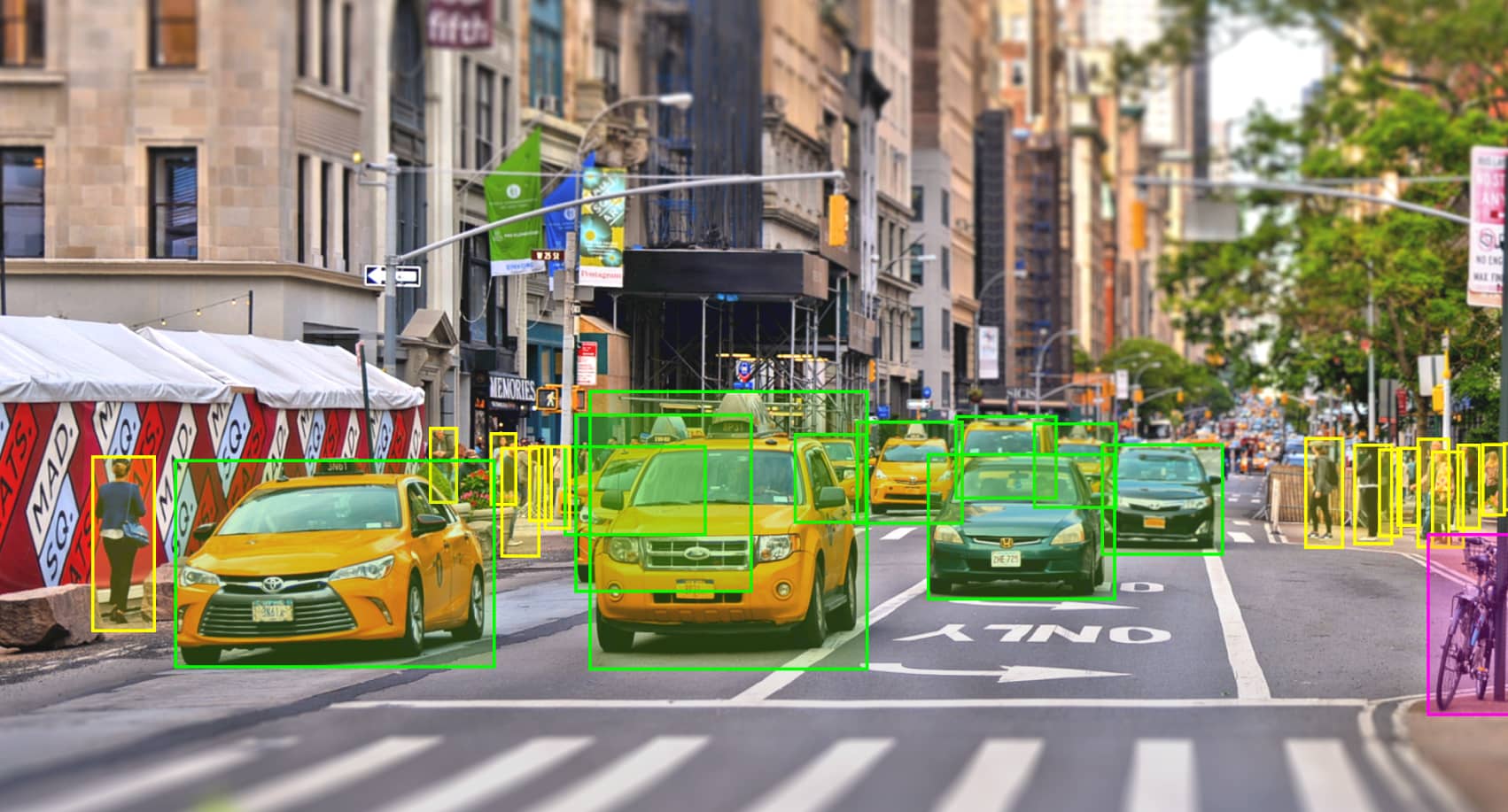Businesses across all industries, in today’s data driven world, rely on artificial intelligence (AI), and machine learning (ML) to draw valuable insights out of vast quantities of data. Image annotation, an essential aspect of computer vision, assists in understand visual data. In this article, we look at the realms of image analysis and examine the importance of tools, software, and solutions that enable data-driven decision-making.

Image annotation is the act of tagging or labeling images with metadata, which allows computers to understand and interpret visually-related data with accuracy. By adding annotations such as bounding boxes, polygons, keypoints, or semantic segmentation, image annotation allows models in ML to recognize patterns, objects as well as attributes contained in images. This technique bridges the gap between raw images and a measurable insights, opening up the possibility to various applications, such as autonomous vehicles, medical imagery, ecommerce and surveillance.
To simplify the annotation process, a wide variety of tools for annotation have been developed. These tools have intuitive interfaces that let annotators note areas or objects of interest on images without difficult. These tools offer a vast array of annotation options and customization options to fit various data requirements. Image annotation tools are an array of tools starting with basic drawing tools, to automatic suggestions, as well as advanced recognition of shapes. They improve the accuracy and effectiveness of annotation and allow annotators to effectively and efficiently.
Image annotation solution takes the annotation process to the next level by incorporating automation and collaboration features. These software solutions use ML algorithms to automate annotation, decreasing manual effort involved and increasing the speed at which annotations are made. Through techniques like transfer learning and active learning, annotation software accelerates the process of labeling while providing excellent quality results.
The annotation software allows for seamless collaboration between several annotators. It permits real-time communication as well as annotation versioning, comments and other annotations in addition to fostering an atmosphere of collaboration. This approach is collaborative and improves the quality of annotations, but also allows sharing of information and guarantees the consistency of annotations.
When choosing an image annotation software there are a variety of factors to think about. First, it must be in line with the specific needs of the project. This includes the kinds of annotation (e.g. polygons and keypoints) along with the complexity of labeling tasks, and scalability.
Second, flexibility in the system is essential. An effective solution for annotation must allow customizations of annotation workflows and integration with existing systems and compatibility with various data formats. This flexibility will ensure that the annotation tool can seamlessly integrate with existing workflows and pipelines and workflows, increasing overall efficiency.
The third factor is the quality of the annotations generated by the solution should be evaluated. To ensure accuracy and uniformity high-quality image annotation tools employ quality control methods. These can be used to ensure annotation validation, feedback loops and feedback loops that continue between the annotators.
The benefits of annotating images goes beyond the annotation process. Utilizing image annotation tools and software organisations can boost the benefit of their data in a variety of ways. Accurate annotations are essential for the development and the training of ML models with higher accuracy and reliability. These models can then be used in various applications including object recognition, image classifying, and anomaly detecting.
Image annotation also assists in the use of data in decision-making by providing rich, meaningful insight from the visual data. For instance, in the medical industry, annotations on medical images help in diagnosing illness, identifying abnormalities, and determining the best treatment options. In the world of e-commerce, annotations on images aid in product recommendations as well as image search and visual marketing strategies.
To unlock this important asset, the use of image annotating with data sciences has revolutionized how we work. It accelerates data analysis and uncovers the hidden connections. In real-time, insights are produced. By using image annotation, companies can improve their processes, get to market faster, lower costs and gain a competitive advantage. In consideration of the capacity of images to convey concepts that are much easier to comprehend than abstract figures appropriately annotated images increase the data’s readability and the accessibility of stakeholders throughout any organization. Annotation of images is an effective method to transform data into actionable information and enhance its value any type of application.
